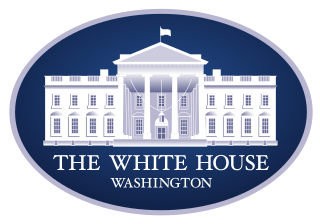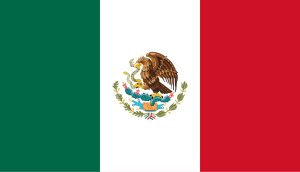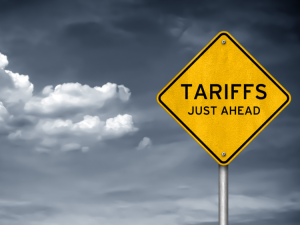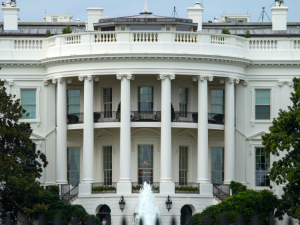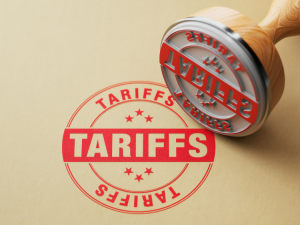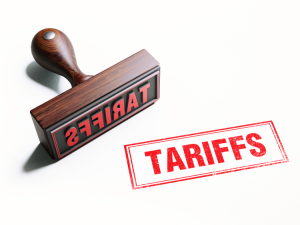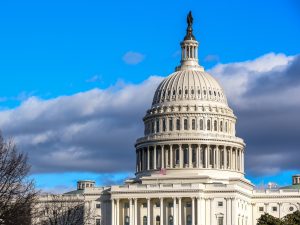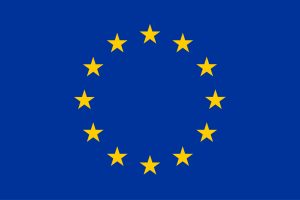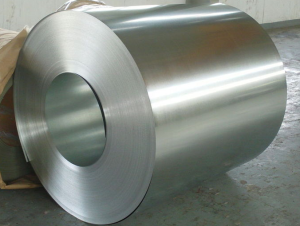
Price on Trade: The tariff carousel becomes the tariff rollercoaster
The administration’s trade rollercoaster is moving at record speeds, running along the rails of innovation and expansion. But it can be confusing and difficult to keep up with. US manufacturers that follow these developments closely could benefit from the ride. Companies that miss new updates, or fail to accurately interpret their duty liability, could be left feeling queasy. Some rollercoasters are not for the faint of heart, and this one is a bit like Space Mountain. We are all riding without much ability to see the next turn or drop.


